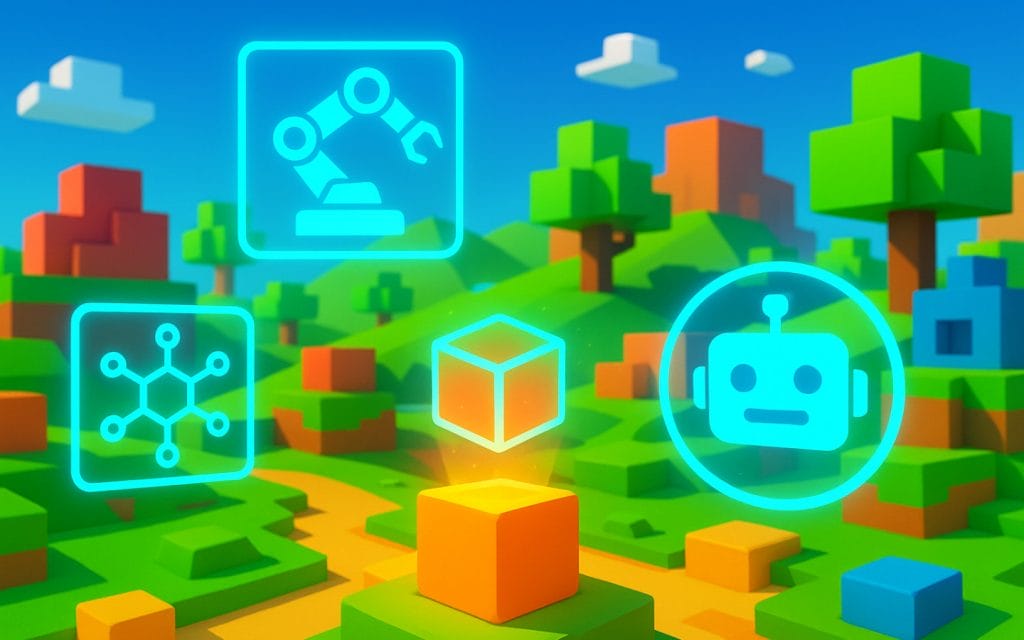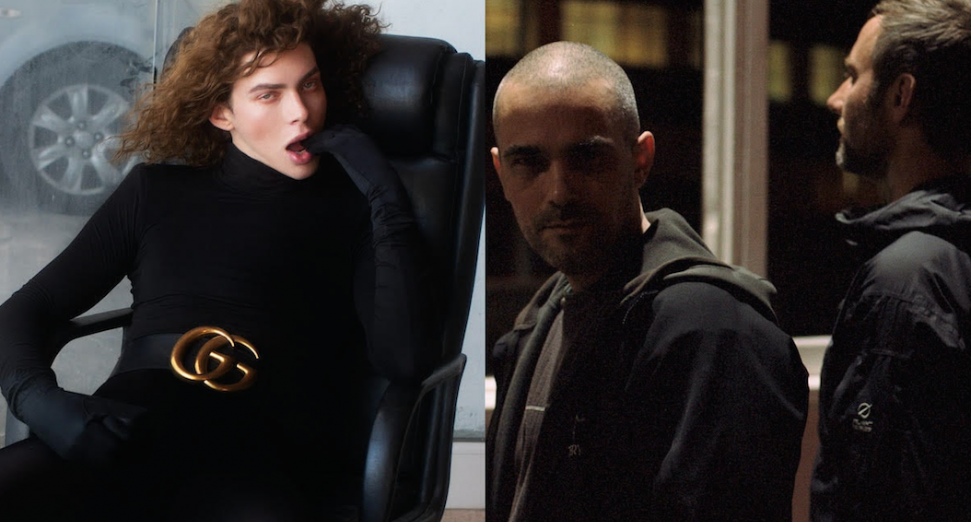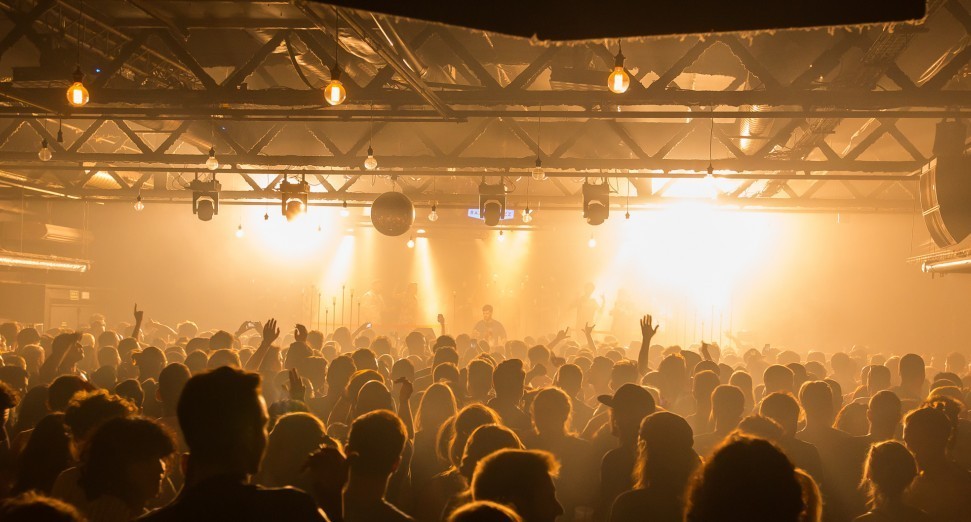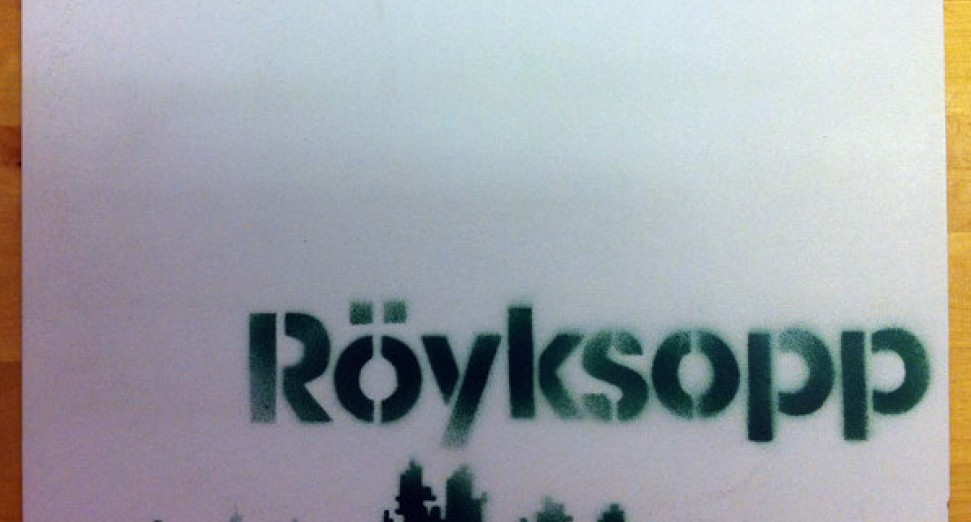
How Roblox Quietly Became the Biggest AI Experimentation Lab
Roblox started in 2006 as a humble game creation platform. Fast forward to 2025, and this formerly boxy universe has transformed into an AI playground.
Behind its colorful façade of user-made games lies a platform where generative AI isn’t an afterthought, it’s central to creation itself. With daily user numbers at 85 million and over 20 million new experiences launched each year, Roblox is not just big, it’s widespread, making it an ideal sandbox for AI.
This was recognized both by the developers and community, resulting in fast uprising of in-game examples that use such tech.
From Bricky Blocks to 3D AI Scenes Around two years ago, Roblox announced and now recently revealed its first major foray into 3D generative AI: Cube 3D.
This is an open-source foundation model that can create 3D objects directly from text prompts and, soon, image inputs. Unlike flat asset libraries, Cube 3D uses a “shape token” method to predict forms complete with usable geometry and physics. Developers can now prompt “wooden crate with rusty hinges” and instantly get a mesh with collision data, not just a visual prop.
This matters because Roblox hosts visual experiences ranging from obstacle courses to fashion shows. Letting creators generate high-quality objects in seconds changes the speed of iteration. One early user on Reddit noted that Cube works best “for background elements or low-priority objects,” while high-detail assets are still a work-in-progress.
Dynamically Generated Worlds With “4D” AI
Cube 3D is just the start. Roblox is actively building toward a more advanced 4D generative system, able to not only spawn objects but animate them and bake in behaviors. For example, a prompt like “create a tree that sways in wind and drops apples” generates both the visual model and the relevant code in Lua, Roblox’s scripting language. This allows creators to build interactive scenes from natural-language commands. It’s an end-to-end shift toward democratizing game design.
Personalized Avatars Made from Your Photo Roblox isn’t stopping at objects. In an internal test called Avatar Lab Preview, users could upload a photo or sketch and receive a stylized Roblox avatar that mimics their features. This AI bridge between real and virtual faces is a step toward a more personalized metaverse. Though still experimental and not publicly rolled out, it’s proof Roblox is testing image-to-character tech.
Meanwhile, independent tools like Vondy’s Roblox AI Avatar Generator already fill that niche.
The Human Tech Behind the AI These are not shallow experiments. Roblox’s engineering team, led by scientists like Morgan McGuire, authored academic papers outlining their shape token approach, model architecture, and multimodal plans. This isn’t a single proof-of-concept. It’s infrastructure research that rivals academic labs while integrating directly into a live platform with millions of users.
Building Cube 3D reportedly took nearly 18 months of data collection, model training, and iterative safety testing. Roblox has already committed to monthly updates and user feedback channels, along with imperfect early demos and redlines visible in forums. In other words, it’s serious industrial-scale AI development, not a flashy toy.
Democratizing AI Through User Platforms
Roblox’s democratic approach contrasts with big AI players like OpenAI or Stability.AI. Roblox frees Cube 3D as open-source and integrates it seamlessly into Studio, its developer toolkit. Text-to-mesh, natural-language scripting, and image-to-avatar tools are built for everyday users, not just expert photogrammetry teams or professional animators. This lowers the barrier for creative experimentation.
Where Roblox Could Go Next
Looking ahead, Roblox has hinted at genuinely immersive AI experiences. Expect tools that generate entire levels from prompts (“haunted forest at dusk”), animate NPCs realistically, or enable AI companions that learn and respond to each developer’s style. Since majority of such platforms mostly develop their characters for AI sexting chatbot purpose, this would be a fresh step into a more mainstream use case. AI s Combined with avatar personalization, the platform is becoming a creative lab where users don’t just design games, they collaborate with AI.
Challenges Lurking Under the Sandbox
That power comes with concern. Reddit threads on tools like Cube’s mesh generator reveal community friction. Avatar automation also raises privacy concerns, who owns an avatar derived from your face? Beyond individual friction, generative systems trained on user-generated content demand tough choices around IP, data consent, and moderation. Roblox is just beginning to build guardrails.
Roblox as a Catalyst for AI Experimentation
Roblox may seem like kid-code nostalgia, but under the surface it’s a lab for generative AI. With 85 million daily users, Cube 3D’s open tools, and real-world engineering rigor, it’s one of the most active pipelines for multimodal AI ever deployed at scale. Where else do you see production-grade AI research shaping millions of user creations in real time?
And with early tests still in preview, including avatar creation from images, the platform is experimenting iteratively, learning from community feedback. In short, Roblox is not just a gaming playground.
It’s arguably the largest living generative AI sandbox on the planet.



